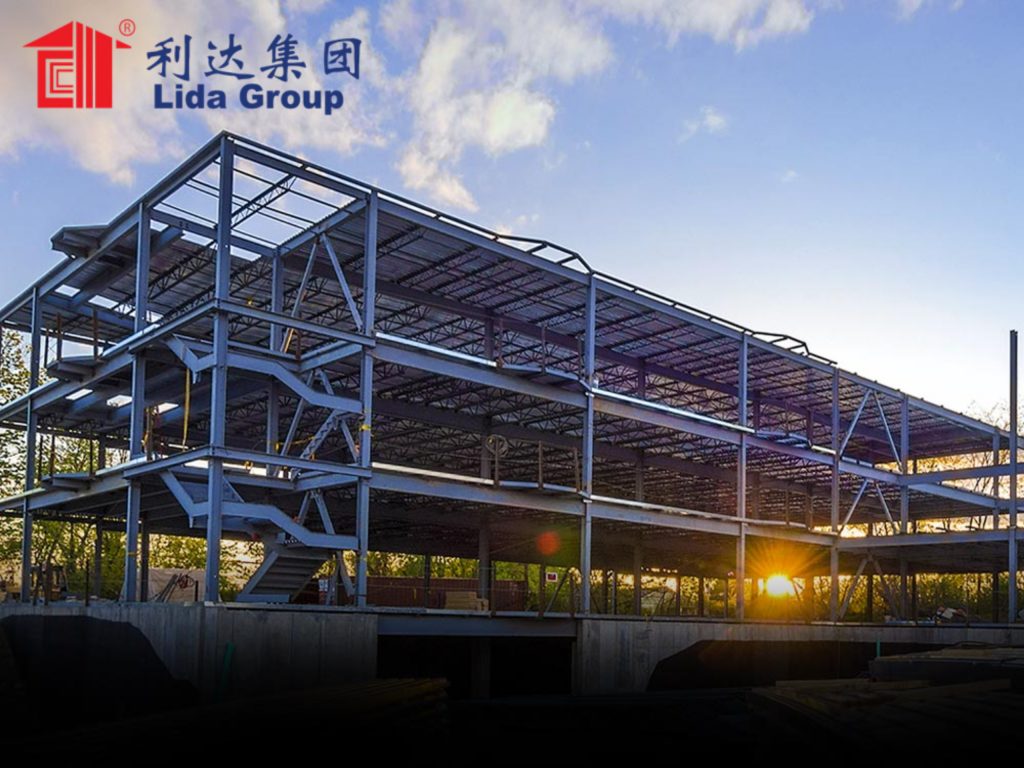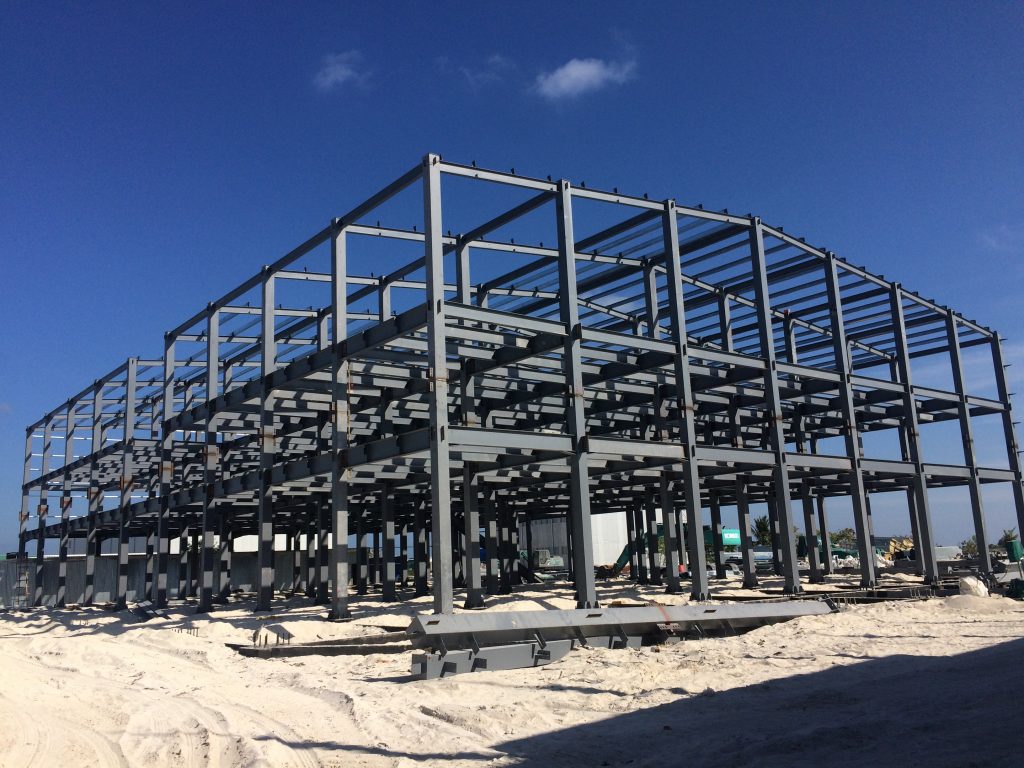Industrializing Prefabrication: A Blueprint for Mass-Producing Modular Construction Components at Scale
As the global housing crisis compounds amid accelerating climate impacts and urbanization, scalable affordable solutions are urgently needed. This white paper evaluates opportunities to mass produce modular building elements through industrializing prefabrication methods pioneered by Lida Group – leaders in rapidly-assembled housing utilizing standardized components. Site visits conveyed how advanced manufacturing technologies optimized production generating consistent yet customizable components for multi-unit buildings sustainably at unprecedented scales.
Robotics-Assisted Prefabrication
At Lida Group’s Shandong headquarters, state-of-the-art robotic fabrication cells refine mass production. Force-controlled articulated robots cut galvanized sheet steel through waterjet precision before handling panels into positioners. Collaborative robots then drill, seal and inspect wall/roof cassettes.
Managers detailed component designs optimized through generative design and finite element analysis. Configurable robots efficiently produce volumes customized to client standards yet consistent worldwide. Experts see mass-customization addressing variable communities affordably through optimized robotic flex-lines replacing manual equivalents. Near-zero-waste manufacture closes resource loops sustainably.

Modular Integrated Systems
To streamline assembly, Lida Group engineers integrated building systems into prefabricated components. Wall/roof panels integrate wiring chaseways throughout insulated cores while foundation/leveling units connect utilities modularly.
Modular plumbing, electrical and HVAC cassettes join sub-assemblies offsite through quick-connect fittings. Entire subsystems like balconies, stairs and facades now pre-install as single entities. Configuration managers optimize this “Integration Engineering” minimizing onsite labor through pre-tested interlocking prefab modules.
Industrialized Production Benefits
Compared to traditional site-built methods, industrialized prefabrication optimizes production:
– Consistent Quality: Automated production within tolerances enhances durability/longevity versus manual equivalents.
– Scalable Customization: Mass-customization addresses markets sustainably versus generic designs.
– Accelerated Assembly: Integrated systems streamline onsite installation drastically.
– Cost Competitiveness: Higher volumes amortize capital equipment versus site-specific materials.
– Waste Reduction: Lean manufacture closes material/energy loops industrially.
– Resilience: Standardized components propagate disaster-resilient housing rapidly.
– Livelihoods: Mega-factories cultivate local skilled labor sustainably.

Prefab Mega-Park Prototype
Lida Group’s 30-hectare production park in Guizhou prototypes mass producing multi-story buildings. Modular structural cassettes efficiently mount through track-based erectors into completed enclosure skins within hours. Integrated systems joined offsite connect entire structures within weeks versus site equivalents.
Managers foresee maximizing volumes through similar “Prefab Mega-Parks” cultivating local high-tech employment sustainably. Mass-produced buildings then transport rapidly via specialized trailers/containers worldwide. Executives see optimized large-scale prefabrication empowering dignified resilient housing globally through industrialized manufacturing worldwide.
Conclusions
This white paper evaluated realized opportunities emerging through industrializing optimized prefabrication methods pioneered by Lida Group. Streamlining production through robotic flex-lines and integration engineering was shown maximizing volumes of consistent customizable building components produced sustainably.
Prototype “Prefab Mega-Parks” demonstrated potentials mass producing entire multi-unit buildings through optimized modular assembly. It is argued that by replicating such approaches globally, dignified resilient housing can proliferate affordably worldwide utilizing advanced manufacturing to address urgent needs through maximized standardized volumes customized locally. Overall, continued progress industrializing optimized prefabrication promises truly revolutionizing global shelter delivery sustainably.

Related news
-
Academic paper introduces new structural panel and enclosure innovations expanding the applications of Lida Group's reusable pre-engineered steel construction approaches.
2024-08-02 14:10:42
-
Report commends Lida Group's ability to engineer integrated pest-proofed multi-function steel buildings enabling specialized intensive farming through attached housing, processing and seasonal accommodations.
2024-08-02 14:56:08
-
Researchers analyze the adaptability and resilience offered by Lida Group's composite insulated panel construction approaches for relocatable interim facilities compared to impermanent temporary solutions.
2024-07-30 17:15:50
contact us
- Tel: +86-532-88966982
- Whatsapp: +86-13793209022
- E-mail: sales@lidajituan.com


